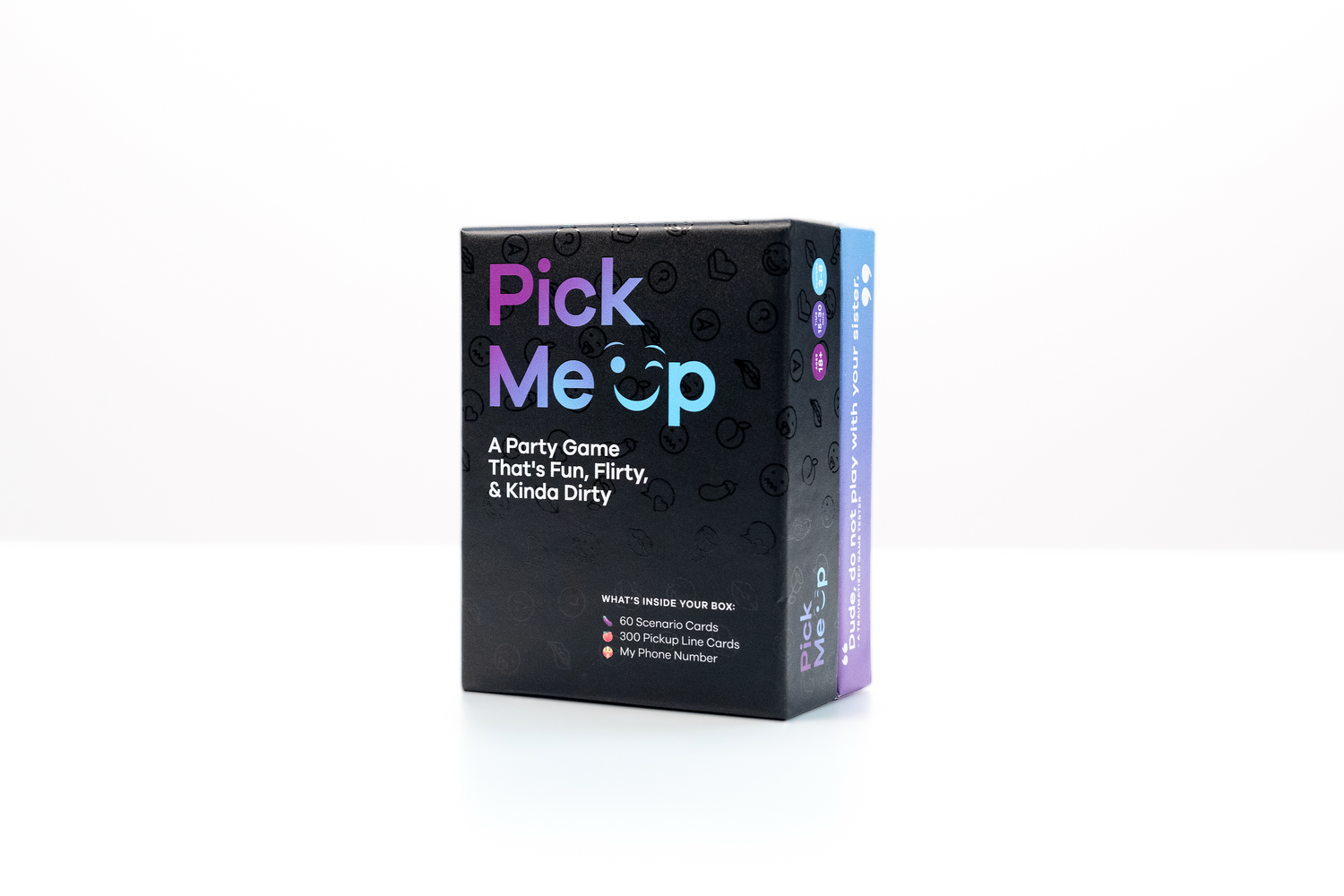How to Let Go of Past Relationship Trauma: A Path to Emotional Healing
Why Healing From Relationship Trauma Matters
Letting go of past relationship trauma is more than “getting over it.” It's about releasing pain, regaining self-worth, and learning to trust again—so you can move forward without fear, resentment, or emotional baggage.
Whether the trauma stems from betrayal, neglect, manipulation, or heartbreak, healing is possible. This guide walks you through how to let go of past relationship trauma in a way that’s actionable, compassionate, and rooted in real emotional growth.
Understanding Relationship Trauma
What Is Relationship Trauma?
Relationship trauma happens when a romantic experience causes emotional damage, often affecting your self-esteem, sense of safety, or trust in others. It’s not just about breakups—it can stem from:
-
Emotional or physical abuse
-
Cheating or betrayal
-
Gaslighting or manipulation
-
Abandonment or sudden loss
Signs You Haven’t Let Go Yet
You may still be holding onto trauma if you:
-
Struggle to trust new partners
-
Feel triggered by reminders of your ex
-
Experience guilt, shame, or self-blame
-
Avoid intimacy or vulnerability
-
Recreate toxic patterns in new relationships
Step One: Accept What Happened—Without Minimizing It
Stop Downplaying the Pain
Many people try to brush trauma aside with phrases like “It wasn’t that bad” or “I should be over it by now.” But healing requires acknowledgment, not avoidance.
Validating Your Experience
Allow yourself to feel anger, sadness, confusion, or grief. All emotions are valid, and naming them is the first step toward releasing them.
Step Two: Identify the Emotional Wounds
Unpack the Root of the Pain
Ask yourself:
-
What part of this hurt me the most?
-
Did I lose trust, identity, or a sense of security?
-
What core belief did this relationship reinforce (e.g., “I’m not lovable,” “People always leave”)?
Knowing what you're actually trying to heal helps you avoid repeating trauma cycles.
Don’t Rush This Part
Emotional wounds don’t heal on a deadline. Give yourself time and space to explore the impact without judgment.
Step Three: Practice Emotional Release
Let Go, Don’t Bottle Up
Suppressing your emotions doesn’t erase them—it buries them deeper. Releasing those feelings can take many forms:
-
Journaling honestly and uncensored
-
Crying without guilt
-
Talking to a trusted friend or therapist
-
Expressive art or movement
Why Forgiveness Is Not About the Other Person
Letting go doesn’t mean you excuse harmful behavior. It means you no longer carry the weight. Forgiveness is for you, not for your ex.
Step Four: Set Boundaries With the Past
Remove Triggers That Reopen Wounds
If certain songs, places, or social media accounts drag you back emotionally, take steps to limit exposure while you heal:
-
Unfollow or mute your ex
-
Avoid reliving the “highlights reel”
-
Create new routines that don’t involve your shared memories
Cut Emotional Cords
This may include:
-
Returning belongings
-
Writing a closure letter (whether you send it or not)
-
Reframing nostalgic thoughts with truth and clarity
Step Five: Rebuild Your Relationship With Yourself
Reclaim Your Identity
Trauma can distort your self-image. Now is the time to ask:
-
Who am I without that relationship?
-
What brings me joy, peace, or confidence?
-
What values do I want in my next relationship?
Reestablish Trust in Yourself
You might doubt your instincts after trauma, especially if you ignored red flags. Rebuilding trust means:
-
Listening to your intuition
-
Honoring your boundaries
-
Making choices that reflect self-respect
Step Six: Seek Support, Not Isolation
Therapy Is a Game-Changer
Professional help isn’t a last resort—it’s an empowering first step. Trauma-informed therapists can guide you through:
-
Identifying patterns
-
Healing attachment wounds
-
Learning emotional regulation tools
Connect With Safe People
Surround yourself with people who:
-
Validate your healing journey
-
Don’t pressure you to “move on”
-
Reflect the kind of relationships you want to build
Step Seven: Open Your Heart—When You’re Ready
Healing Isn’t Linear
You might have good days and setbacks—and that’s normal. You don’t have to be perfectly healed to date again, but you should be:
Self-aware
Emotionally present
Able to recognize healthy vs. toxic dynamics
Signs You’re Ready for New Love
-
You no longer stalk your ex’s social media
-
The idea of dating doesn’t trigger fear or resentment
-
You’re focused on what you want, not what you lost
Rewriting Your Love Story Starts With You
Letting Go Is an Act of Self-Love, Not Weakness
Letting go of past relationship trauma is not about forgetting what happened—it’s about deciding that you deserve more than to keep reliving it.
True healing is not instant, but every step forward creates space for healthier love, deeper connection, and emotional resilience.
You are not your past. You are the person rising from it.
FAQs About Letting Go of Relationship Trauma
How long does it take to heal from relationship trauma?
There’s no set timeline. Healing depends on the depth of the trauma, your support system, and your willingness to process the pain rather than suppress it.
Is it okay to still think about my ex sometimes?
Yes. Memories don’t always disappear, but they don’t have to control you. Over time, they lose emotional charge.
What if I’m afraid of being hurt again?
That fear is valid. Focus on building emotional safety with yourself first, and take small, intentional steps back into connection.
Can I heal without going to therapy?
Some people make progress through journaling, self-help books, or support groups. But therapy often accelerates healing and prevents re-traumatization.
How do I stop comparing new partners to my ex?
By identifying the traits you actually need in a healthy relationship, rather than clinging to familiar (but toxic) dynamics.


